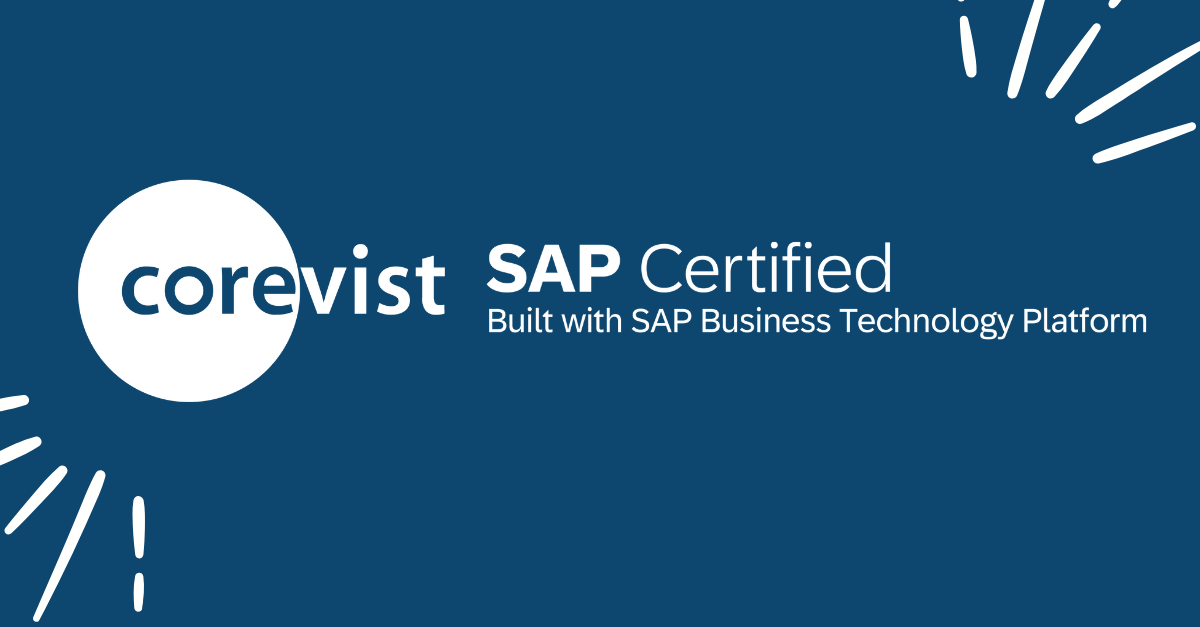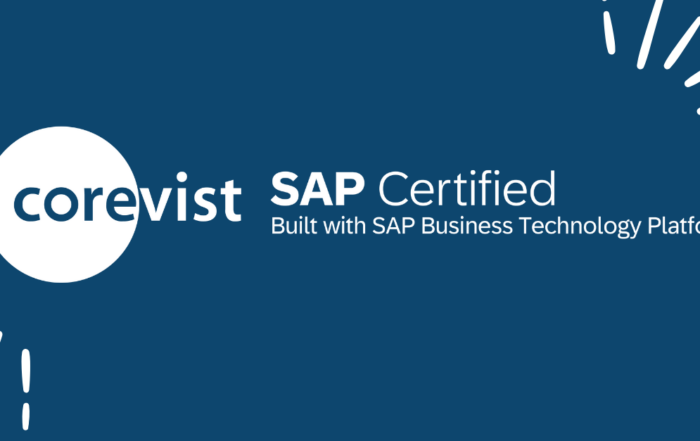Share
Author
George Anderson
Share
From manufacturers to distributors, B2B eCommerce is all the rage. Digital go-to-market strategies were important before COVID, but the pandemic made them essential.
As manufacturers define their pivot to digital, they often find that certain things are missing from conventional approaches to B2B eCommerce. From B2B platform functionality to strategic assumptions, the market hasn’t really aligned with the core needs of manufacturers.
So what’s missing in B2B eCommerce? Here are the top 4 things you won’t find in conventional approaches.
1. Technology that supports a strategic focus on existing B2B customers
Before there was B2B eCommerce, there was B2C eCommerce. In B2C, it’s all about attracting and converting that first-time customer—then attracting and converting them again and again. There’s no such thing as a committed customer because individuals are free to do business wherever they want.
Consequently, B2C eCommerce platforms are built to attract customers with wandering eyes. These platforms focus on look and feel, unique branding, rich product content, merchandising, and so on. While some manufacturers need this type of experience, not all manufacturers do.
Manufacturers often look at this differently. Since their existing customers have contractual obligations, the goal of the first rollout is usually to transition existing customers to B2B eCommerce (and retire phone, fax, and email ordering). In these cases, technology that’s heavily focused on attraction and retention isn’t a perfect fit.
Why?
Because existing customer relationships are governed by complex data and logic in SAP ERP. Those B2C-style platforms lack the architecture to work hand-in-glove with SAP. (More on that in #4 below.)
As you can see, an initiative to shift existing customers to the web looks a little different from the attract-and-retain model. Typically, the existing-account use case starts with customer service—another component that’s missing from conventional approaches to B2B eCommerce.
2. A prebuilt solution for the customer service use case
For some organizations, diving into the deep end of B2B eCommerce is pretty scary. The deep end is really deep. If you’re still taking orders via phone, fax, and email today, how in the world do you get from there to robust B2B eCommerce with a catalog of 10,000 SKUs?
Some manufacturers need to get to that place. But some don’t. Some just need an intuitive B2B portal for their customers to track orders, pay off invoices, and maybe even place orders by SKU.
That doesn’t look like attracting new customers. It looks like customers handling their own customer service tasks in a self-service portal.
Whether you need to get to that B2C-style catalog or not, why can’t you start with customer service?
It’s worth asking that question to platform vendors and implementation partners. (Hint: They won’t have a great answer.)
In fact, that’s another component that’s missing in conventional approaches to B2B eCommerce.
3. An agile path for reaching digital maturity
What if you’re not ready for big-shebang B2B eCommerce today, but you need to get there? How are you going to chart that course? How are you going to get started?
Conventional B2B eCommerce platforms don’t allow you to start with order and invoice tracking. They also don’t allow you to add online ordering that doesn’t require a product catalog. They’ll require you to launch full B2B eCommerce functionality, including a product catalog, in your first rollout.
They probably won’t support the customer service use case with deep SAP integration. Traditionally, that hasn’t been a big emphasis in the B2B eCommerce space. But it’s essential for manufacturers, and it’s a great entry point to digital transformation.
Hint: Corevist allows you to start with online order tracking, then add online ordering when you’re ready. You can support online ordering without rich product content, or you can go all the way and build out your product catalog with images, videos, product documentation, and more.
Whether you need a robust catalog or not, there’s one thing everyone needs: an intelligent approach to data handling. Unfortunately, this is hard to find if your business is already centralized in SAP ERP.
Let’s talk about that.
4. A strategic approach to data centralization
Here’s where the rubber meets the road.
Nearly all B2B eCommerce platforms want to act as the system of record for your business. They have their own databases, and while you can sync them with SAP via third-party connectors, your B2B platform will always resent the fact that it isn’t the boss. It will always have its own copy of your business data.
At any given moment, depending on how recently the sync ran, there may not be one source of truth for your business data. Even if your connector runs in real time, there’s a fundamental problem: B2B eCommerce, the connector, and SAP all have to maintain identical configurations, or data won’t map properly across them.
Over the long haul, it’s a real nightmare, and it can kill B2B eCommerce projects.
This is why we built Corevist. Why should manufacturers have to duplicate and synchronize their SAP business data? You’ve already committed to keeping SAP as the system of record for your business. This is why we built a platform for B2B portals and eCommerce that reads and writes to SAP in real time.
Our architecture is pretty revolutionary. It’s why so many of our clients have no dedicated resources on staff supporting their Corevist solution.
It’s also how they keep SAP ERP as the system of record for all business data and logic.
The takeaway: Determine what’s missing for you
For some manufacturers, there’s nothing missing from conventional approaches to B2B eCommerce. If you’re selling directly to consumers, going after B2C-lookalikes, or you’re just launching a proof-of-concept storefront, then conventional approaches may work just fine.
However, if you have a true B2B use case—selling to dealers, distributors, and other channel partners—you may want to dig deeper. It all comes down to that agile path to digital maturity, and your commitment to centralizing data in SAP ERP.
Here at Corevist, that’s what we’re all about.
Want to see deep SAP integration in your B2B portal?
Check out the Corevist Commerce demo video.
B2B portal platform with real-time SAP data and a sleek, mobile-friendly UI.










